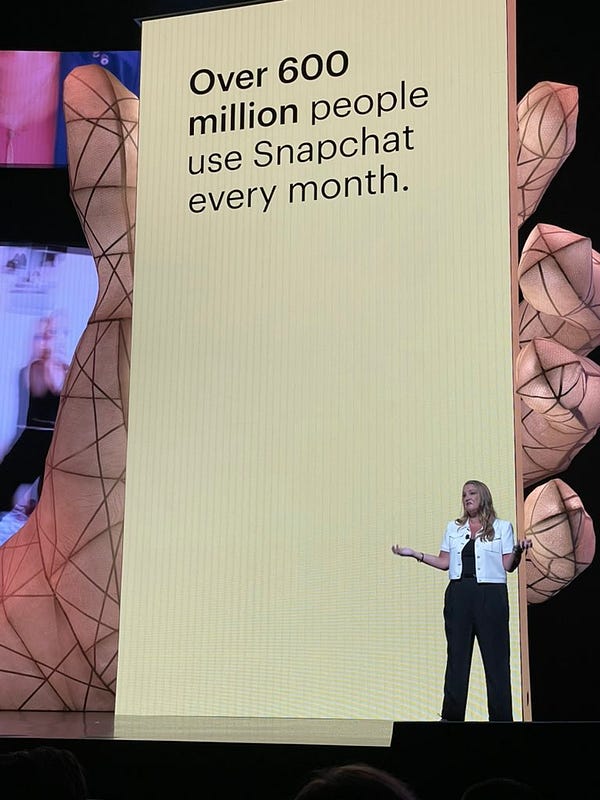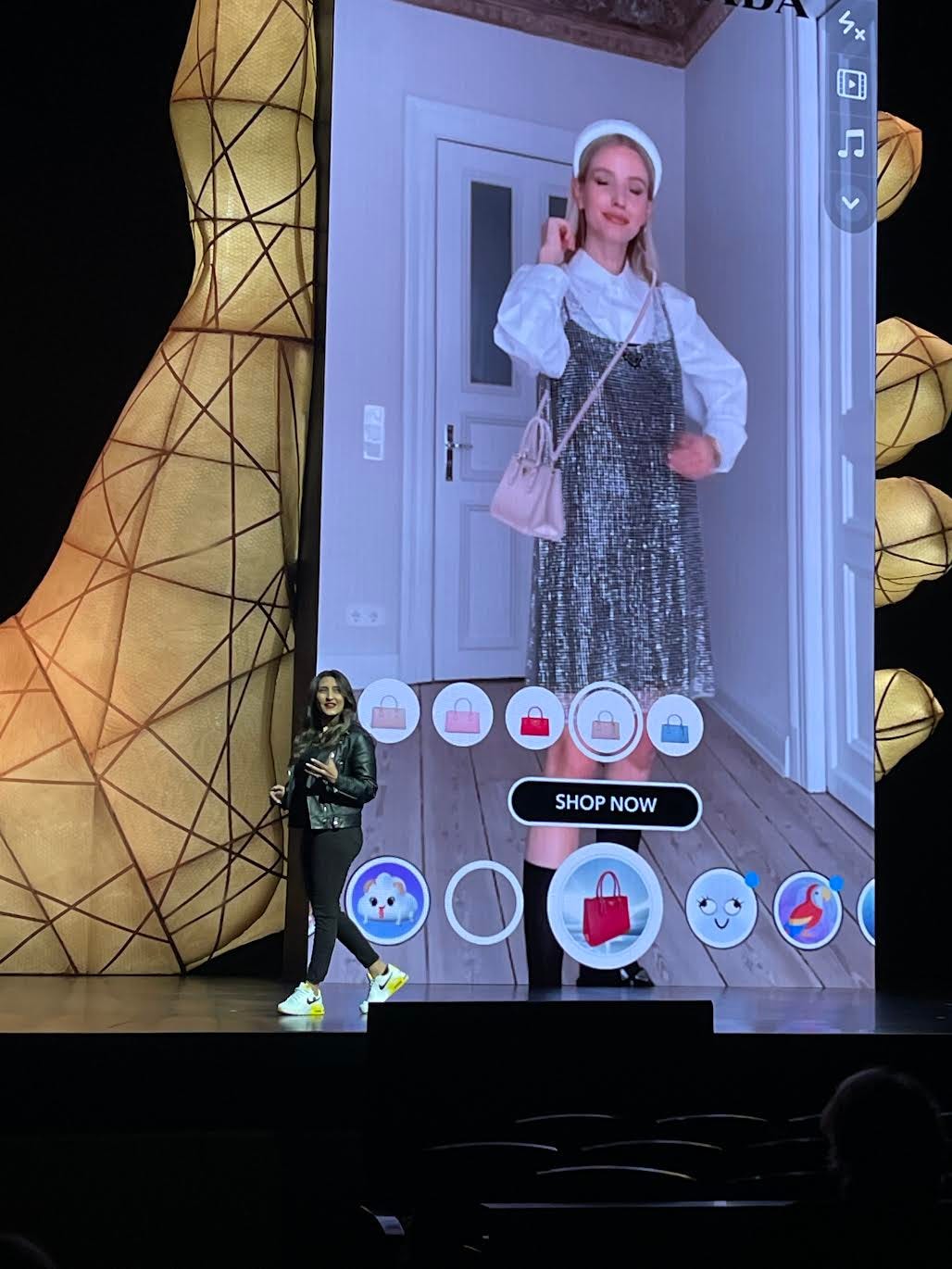The NewFronts were really about the battle between connected TV and mobile video
One's easier for brands - but the other may be the future of all media
From TikTok: My. name is cheeky.
Bouncing around the NewFronts this past week, I was struck by the juxtaposition of two very distinct camps. While the event has ostensibly long been about positioning ‘digital’ media as an alternative to traditional media - what stood out was how many ‘TV’ companies were using the NewFronts to make their cases, and how different those cases were versus the pure digital titans.
Here’s how I’d break it down:
We saw the likes of Roku, Amazon, Tubi, LG, Samsung, etc. essentially saying to advertisers - we’re TV, but much better. This is where all those linear TV viewers (or linear-nevers) have gone, to watch long form TV shows on big screens with mostly traditional TV ads. Yes, the experience is cleaner, and there are fewer ad breaks, and some nifty ‘digitalish’ ads, but for the most part- brands if you loved and miss high reach TV, well, we’ve got it.
Then you had Snap, TikTok and Facebook saying, we reach massive amounts of viewers, in huge bursts, all of the time, whether that’s through shows or creators or both. And this viewership happens on people’s smartphones - because that’s where young people primarily live and entertain themselves.
The question I have long term is, do brands view these viewing modes as competitive? On an equal playing field? Inherently different?
Right now, the exuberance for CTV advertising is palpable -and it shows up in both the recent rounds of VC funding and of course, ad dollars. The IAB now says that CTV will jump 39% this year, landing at $21.2 billion. It makes sense in that it’s easy for brands that already make TV ads and buy TV to slide those dollars over CTV sellers.
It’s less clear how the industry views mobile-first video. Undoubtedly, TikTok couldn’t be hotter, and appears to be poised to pull in $12 billion this year, much of that coming from TV budgets. The company boasted that its billion monthly users watch the equivalent of a movie every day - a claim that is both mind boggling and also hard to decipher. So most people watch for two hours a day? Or do many watch for like five hours and skew that figure?


Still, do brands and ad executives see TikTok time spend in the same vein as people watching their favorite show on Hulu, Paramount+, etc.? Some had suggested that TikTok had grown so much in the past year that it’s actually denting Netflix’s business. Matt Belloni of Puck sort of dismissed this idea on Bill Simmons podcast recently, arguing that people watch TikTok when they’re bored or killing time.
Binging shows is different.
I find myself agreeing with this argument, because that’s how I view using my phone (kinda screwing around) and watching TV (time to escape). Except I’m not in my 20s. I don’t know Matt, but his Linkedin says he’s been working for roughly 20 years, so I’m going to guess he’s not 17).
Do younger viewers see TikTok time as just as immersive as time watching CTV? Do the 17 million who watch x show on Snap, or the 25 million who watch Mr. Beast see it any differently? It’s hard to know. There’s a reason that YouTube has made such a big point to sell its CTV viewership- because they know it matters to advertisers. Vevo went the same route during its NewFront on Thursday - we are a CTV network.
On that note, brands sure seem to make a distinction between ‘short-form’ and ‘web video’ - or at least for now. TikTok knocks offs like Facebook’s Reels and YouTube Shorts don’t seem to monetize as well- perhaps because they don’t accommodate ads all that well, or perhaps because they are seen as mindless empty calories?
It will be an interesting battle to say the least.
Meanwhile, I did find myself wondering how long this fixation on video ads as the ultimate branding vehicle will last. Yes, that sounds crazy but here me out. For me, the most compelling appearance at the NewFronts wasn’t Daniel Radcliffe or Erin Andrews - it was Snap’s global director of Arcadia Resh Sidhu. The creativity displayed by Snap in augmented reality kind of blew me away - probably because I don’t use it every day like most Snap users.
But the way Sidhu showcased how brands are using AR today to both brand themselves and make purchase decisions felt next level. That’s how the company described it - forget about just watching an ad, and all that you’ve heard about sight sound and motion being the end-all be-all in advertising. The future is about ads that you touch and experience.
Except the future is now. Snap showed off brands using AR to help consumers try on clothes, test drive virtual cars on real roads, and add lego constructions to the streets of a city. These kinds of ‘ads’ create “higher immersion than any other form of marketing,” said Sidhu.



As Nick Lopezzo, director consumer engagement at Gatorade put it, “we can find places to runs traditional advertising units all over the place.” Never was that more true than at the NewFronts.
It’s hard to tell if branded AR lenses will become gimmicky over time, or maybe just the equivalent of wearing a shirt or hat with a Nike logo. But right now, it’s the most intriguing part of digital advertising.



